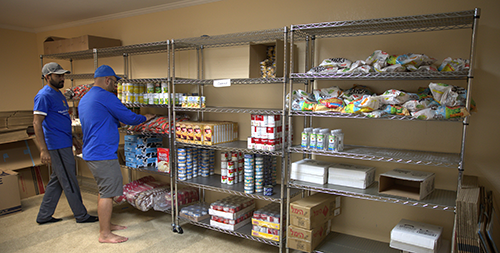
Food insecurity, defined by the USDA as a lack of consistent access to enough food for every person in a household to live an active, healthy lifestyle, is a pervasive issue in Arkansas.
According to Feeding America, 16% of households in the state are food insecure. This percentage can differ greatly based on county and race/ethnicity. The chart below shows disparities in the State of Arkansas and its five most populated counties.





